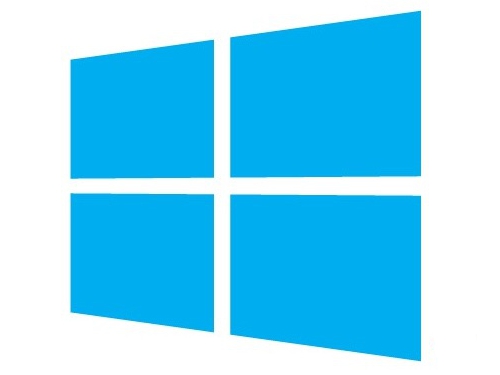Here's What You'll Be Missing After Upgrading To Windows 10
On Microsoft's specifications sheet for Windows 10, the company has listed a number of features that will be lost by upgrading to the new platform. These changes include the removal of Microsoft's desktop gadgets and the company's card games, the latter of which came pre-installed on Windows platforms until Windows 8.
The specifications show that computers with USB floppy drives will need new drivers to be installed from Windows Update once Windows 10 is installed. Customers will also need to install a new solution for DVD playback, as Windows 10 will not natively support watching DVDs on desktops and laptops. What's more, Windows Media Center will no longer be part of the Windows platform.
"If you have Windows 7 Home Premium, Windows 7 Professional, Windows 7 Ultimate, Windows 8 Pro with Media Center, or Windows 8.1 Pro with Media Center and you install Windows 10, Windows Media Center will be removed," the spec sheet states.
As previously indicated, Windows 7 customers will see the removal of desktop gadgets and Microsoft's games suite, which includes Solitaire, Minesweeper and Hearts. Microsoft Solitaire Collection and Microsoft Minesweeper are currently offered in the Windows Store as free downloadable apps, but Hearts will no longer be offered by the company.
Finally, customers with Live Essentials installed on their Windows platform will see the removal of the OneDrive app and the inbox version of OneDrive taking its place.
In addition to the changes listed above, the specifications point out that Windows 10 Home customers will receive platform updates automatically via Windows Update. That's not the case with Windows 10 Enterprise and Windows 10 Pro, as these customers can hold off on updates for as long as they need. This should be good news for businesses, as they can test the update(s) first on a single machine before allowing the updates to be distributed across the office network.
So what do consumers need in order to run Windows 10? According to the specifications, to get the free upgrade, customers need to be running Windows 7 SP1 or Windows 8.1. The new platform also requires a processor or SoC clocked at 1 GHz, 1 GB of RAM for 32-bit systems and 2 GB for 64-bit systems.
Get Tom's Hardware's best news and in-depth reviews, straight to your inbox.
Customers installing Windows 10 will also need storage capacities of 16 GB for the 32-bit version and 20 GB for the 64-bit OS. Also required is a display with a 1024 x 600 resolution, a GPU compatible with DirectX 9 or later and a WDDM 1.0 driver.
Microsoft plans to launch Windows 10 on July 29, 2015. Customers can reserve a place in the upgrade line by heading here.
Follow Kevin Parrish @exfileme. Follow us @tomshardware, on Facebook and on Google+.

Kevin Parrish has over a decade of experience as a writer, editor, and product tester. His work focused on computer hardware, networking equipment, smartphones, tablets, gaming consoles, and other internet-connected devices. His work has appeared in Tom's Hardware, Tom's Guide, Maximum PC, Digital Trends, Android Authority, How-To Geek, Lifewire, and others.
-
TechyInAZ Are you 100% sure about DVD playback? I just read on microsoft's website that a DVD playback app will be implemented to replace Windows Media Center.Reply -
Achoo22 Wait.... Windows 10 Home forces users to download and install updates the moment they are pushed? There's no option to review or dismiss updates?Reply -
Jordan Nwokolo So The Home Version can't Hold or setup a windows Update Right?? I Smell a RAT Here !!Reply -
3ogdy "Windows Media Center will no longer be part of the Windows platform."Reply
"If you have Windows 7 Home Premium, Windows 7 Professional, Windows 7 Ultimate, Windows 8 Pro with Media Center, or Windows 8.1 Pro with Media Center and you install Windows 10, Windows Media Center will be removed,"
"Windows 7 customers will see the removal of desktop gadgets and Microsoft's games suite, which includes Solitaire, Minesweeper and Hearts."
They call it progress. Got me wondering why. -
g-unit1111 Windows Media Center is the one thing I will definitely miss - it's a million times better than iTunes when it comes to music organization and playback.Reply -
Caanis Lupus Native dvd support...what about native support for BluRay and later 4K/UHD discs? Using CyberLink PowerDVD for BluRay playback.Reply -
g-unit1111 Reply15970675 said:Native dvd support...what about native support for BluRay and later 4K/UHD discs? Using CyberLink PowerDVD for BluRay playback.
I doubt you'll be seeing that any time soon. 4K discs are pretty much a luxury at this point and optical drives are going the way of the dodo, streaming is taking over whether you like it or not. I can't imagine Microsoft would want to waste time on that.
